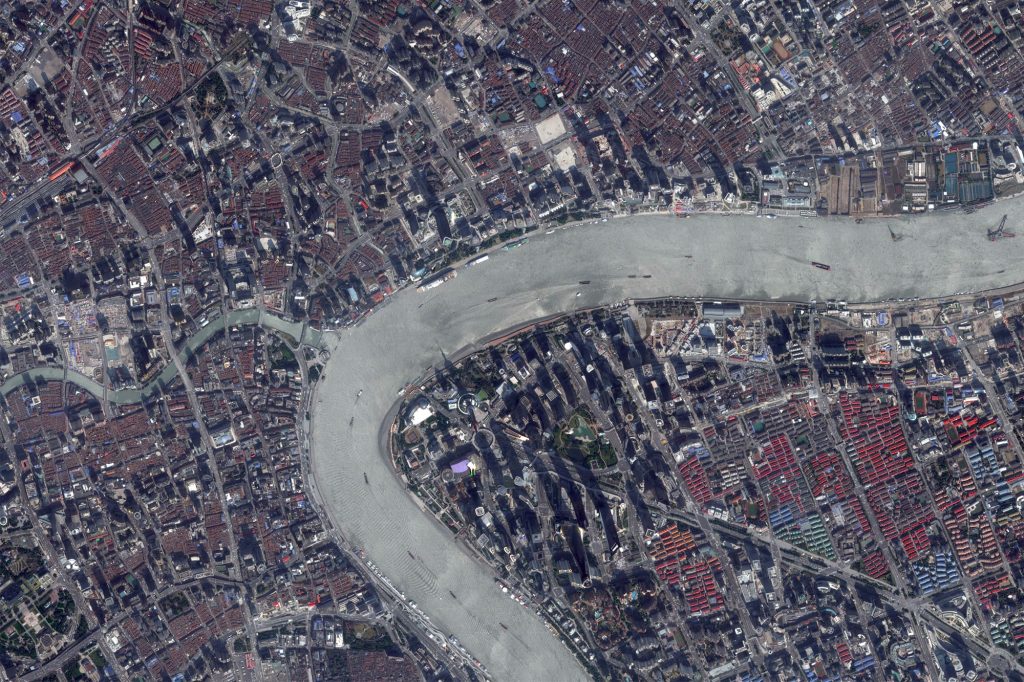Around this time, 2D flood models were beginning to operate at scales applicable to urban environments. This paper offered one of the first critical analysis of key model parameters, such as grid resolution, when simulating floods in urban environments.
Cellular-based approaches for flood inundation modelling have been extensively calibrated and evaluated for the prediction of flood flows on rural river reaches.
However, there has only been limited application of these approaches to urban environments, where the need for flood management is greatest. Practical application of two-dimensional (2D) flood inundation models is often limited by computation time and processing power on standard desktop PCs when attempting to resolve flows on the high-resolution grids necessary to replicate urban features.
Consequently, it is necessary to evaluate the effectiveness of coarse grids to represent flood flows through urban environments. To examine these effects, LISFLOOD-FP, a 2D storage cell model, is applied to hypothetical flooding scenarios in Greenfields, Glasgow. Grid resampling techniques in GIS software packages are evaluated and a bilinear gridding technique appears to provide the most accurate and physically intuitive results. A gridding method maintaining sharp elevation changes at building interfaces and neighbouring land is presented and estimates of the discretization noise associated with the coarse resolution grids suggest little improvement over current gridding methods.
The variation in model results from the friction sensitivity analysis suggests a non-stationary response to Manning’s nwith changing model resolution. Model results suggests that a coarse resolution model for urban applications is limited by the representation of urban media in coarse model grids. Furthermore, critical length scales related to building dimensions and building separation distances exist in urban areas that determine maximum possible grid resolutions for hydraulic models of urban flooding.
Copyright ©, 2008 John Wiley & Sons, Ltd.

